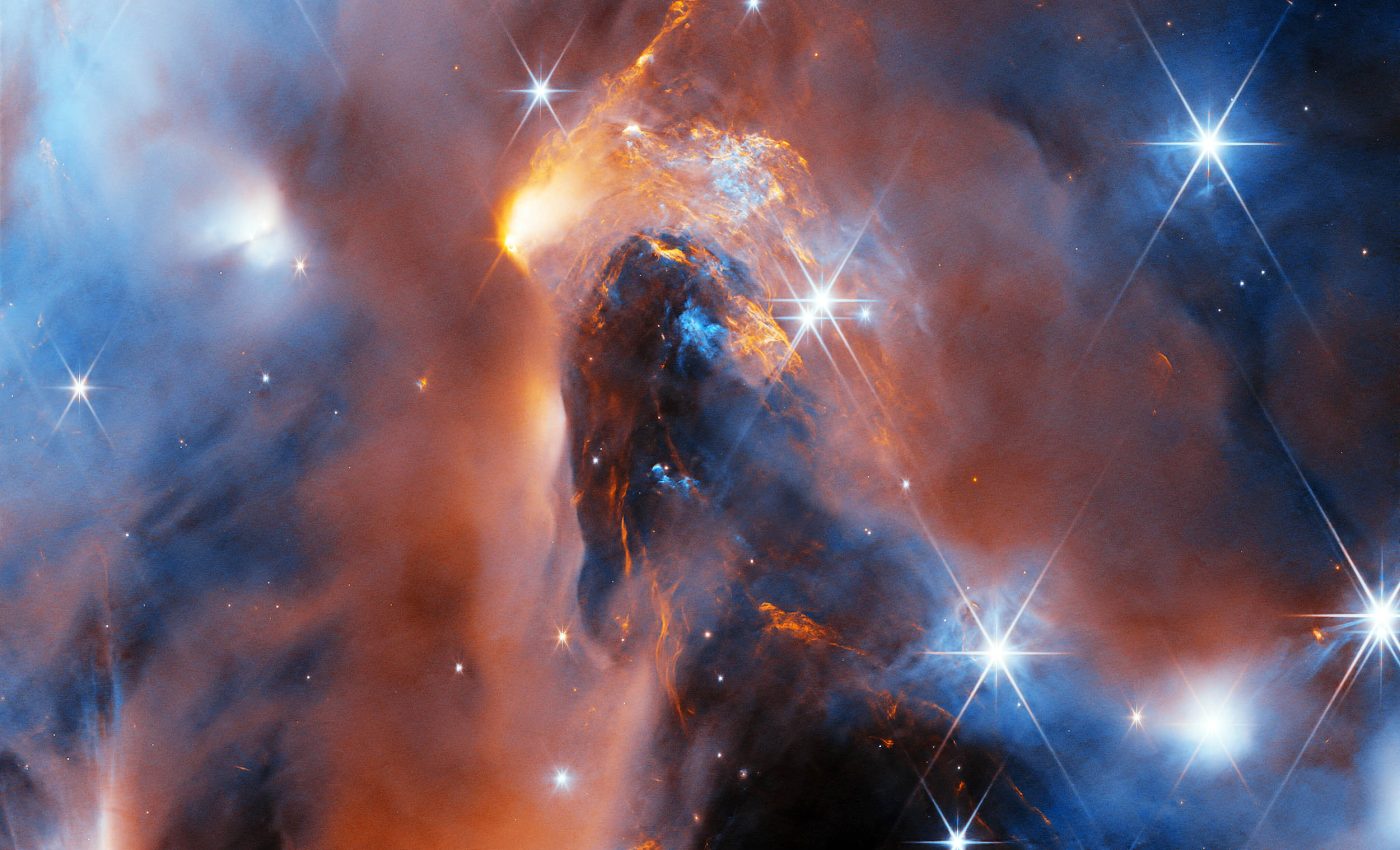
Six rogue worlds discovered inside a young star-forming nebula
The James Webb Space Telescope (JWST) has identified six potential rogue worlds – planet-like objects that are not gravitationally bound to any star. Among them is the lightest such object ever found, which also possesses a dusty disk surrounding it.
These elusive objects provide new insights into the possibility that the cosmic processes responsible for star formation might also commonly produce objects only slightly larger than Jupiter.
Understanding planet and star formation
“We are probing the very limits of the star-forming process,” said lead author Adam Langeveld, an astrophysicist at Johns Hopkins University.
“If you have an object that looks like a young Jupiter, is it possible that it could have become a star under the right conditions? This is important context for understanding both star and planet formation.”
The discoveries stem from Webb’s most in-depth survey of the young nebula NGC 1333, a star-forming cluster located about a thousand light-years away in the Perseus constellation.
The European Space Agency released a new image from this survey, showcasing NGC 1333’s dramatic displays of interstellar dust and clouds. The detailed findings from this survey have been accepted for publication in the Astronomical Journal.
Free-floating objects in space
According to Webb’s data, these discovered objects are likely gas giants with masses ranging from 5 to 10 times that of Jupiter. This places them among the least massive objects known to have formed through a process typically associated with the creation of stars and brown dwarfs.
Existing in the middle ground between stars and planets, brown dwarfs are objects that never achieve the hydrogen fusion which powers stars and gradually fade over time.
“We used Webb’s unprecedented sensitivity at infrared wavelengths to search for the faintest members of a young star cluster, seeking to address a fundamental question in astronomy: How light an object can form like a star?” said Johns Hopkins Provost Ray Jayawardhana, an astrophysicist and senior author of the study.
“It turns out the smallest free-floating objects that form like stars overlap in mass with giant exoplanets circling nearby stars.”
How planetary mass objects are produced
The telescope’s observations found no objects below five Jupiter masses, despite its ability to detect such low-mass bodies. This suggests that any stellar objects lighter than this threshold are more likely to have formed in the same way planets do.
“Our observations confirm that nature produces planetary mass objects in at least two different ways – from the contraction of a cloud of gas and dust, the way stars form, and in disks of gas and dust around young stars, as Jupiter in our own solar system did,” Jayawardhana explained.
Rogue worlds may form like stars
The most intriguing of these starless objects is also the lightest, with an estimated mass of five Jupiters (approximately 1,600 Earths). Its dusty disk indicates that the object almost certainly formed like a star, as such disks typically form around a central body during the early stages of star formation.
Disks are also essential for planet formation, which suggests that these observations may have significant implications for the existence of potential “mini” planets.
“Those tiny objects with masses comparable to giant planets may themselves be able to form their own planets,” said co-author Aleks Scholz, an astrophysicist at the University of St Andrews. “This might be a nursery of a miniature planetary system, on a scale much smaller than our solar system.”
Brown dwarf with a companion
Using Webb’s NIRISS instrument, the astronomers measured the infrared light profiles (spectra) of all objects in the observed portion of the star cluster and reanalyzed 19 known brown dwarfs. They also uncovered a new brown dwarf with a planetary-mass companion, a rare discovery that challenges current theories of binary system formation.
“It’s likely that such a pair formed the way binary star systems do, from a cloud fragmenting as it contracted,” Jayawardhana said. “The diversity of systems that nature has produced is remarkable and pushes us to refine our models of star and planet formation.”
Exploring more rogue worlds
Rogue worlds may form from collapsing molecular clouds that lack the mass required for the nuclear fusion that powers stars. Alternatively, they could emerge when gas and dust within disks around stars coalesce into planet-like bodies that are later ejected from their star systems, likely due to gravitational interactions with other objects.
These free-floating objects blur the lines between classifications of celestial bodies because their masses overlap with those of gas giants and brown dwarfs. Although such objects are considered rare in the Milky Way galaxy, the new Webb data suggest they account for about 10% of celestial bodies in the studied star cluster.
In the coming months, the team plans to examine more of these faint objects’ atmospheres and compare them with heavier brown dwarfs and gas giant planets. They have also secured additional time on the Webb telescope to study similar objects with dusty disks to explore the possibility of forming miniature planetary systems, akin to Jupiter’s and Saturn’s numerous moons.
Video Credit: NASA/ESA/CSA James Webb Space Telescope
—–
Like what you read? Subscribe to our newsletter for engaging articles, exclusive content, and the latest updates.
Check us out on EarthSnap, a free app brought to you by Eric Ralls and Earth.com.
—–













